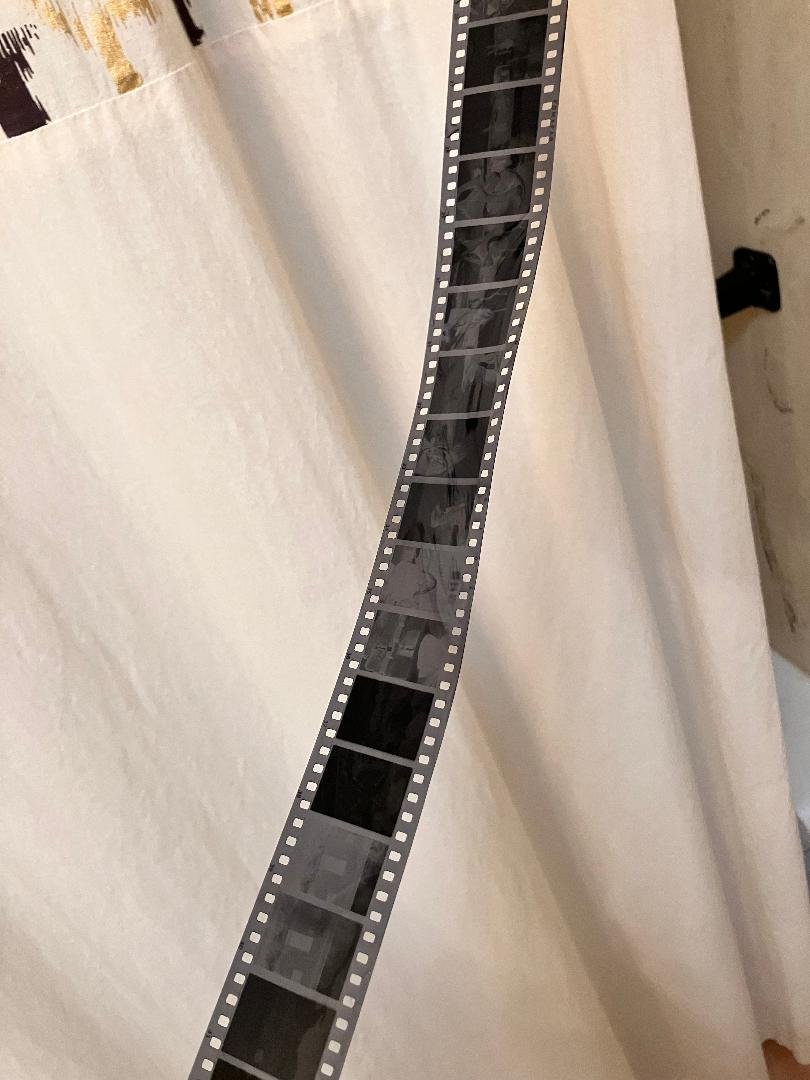The other day I went out with my Olympus OM2sp + 50mm F1.4 Zuiko and Fomapan 400….but prior to leaving I ‘redirected’ a few things. It helps to think, experiment….try things out and see what comes of it.
The first thing I did was to adjust how I might shoot….I purposely over-exposed by a few stops as I shot BW film. I did this to make sure that I didn’t lose the shadows and sometimes I feel my shadows get a bit lost, as in ‘faces’ etc…. Although I ‘spot meter’….and expose for a particular area, as opposed to center metering or having the entire image metered; by hitting my light exposure in the middle….just wasn’t what I wanted here.
The middle exposure setting is just that; the middle….and all told, and in theory it works…..and I could always lighten up in software after the fact; it was something I didn’t want to do. I wanted to get exposure ‘right’ the first time around. Thus, I overexposed on purpose but certainly not ‘blown out’.
The second thing I did was on the opposite end. The image was already taken and now I am in the dark room developing my film. My plan was to expose in the developer an extra 30%….so my regular 12 minutes with Fomapan turned into 15-16 minutes in the tank.
You see…the first half of development, or even the first 5 minutes is for the shadows and the second part is for the highlights. By keeping my negatives in the tank an extra 30%, my highlights will be that much whiter.
Then….when I get into my scanning process, I can expose with additional contrast; bringing in the shadows to make them deep where I want to,….OR…..I can just scan regularly and while in some software I can lasso different aspects and layer in additional contrast where I want. Either way, I think it worked. See the image below….. thoughts? Some might think I am ‘overexposed’ in the face…but. to me, this was the look I was going for. Highlighted and not dark and certainly not perfect.











